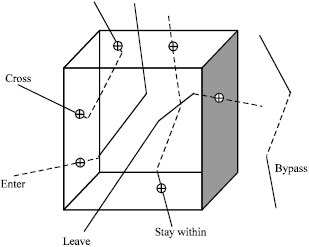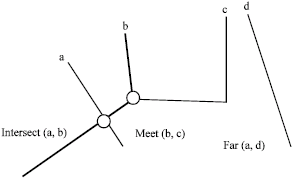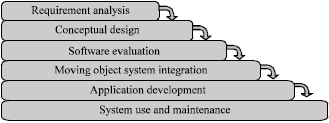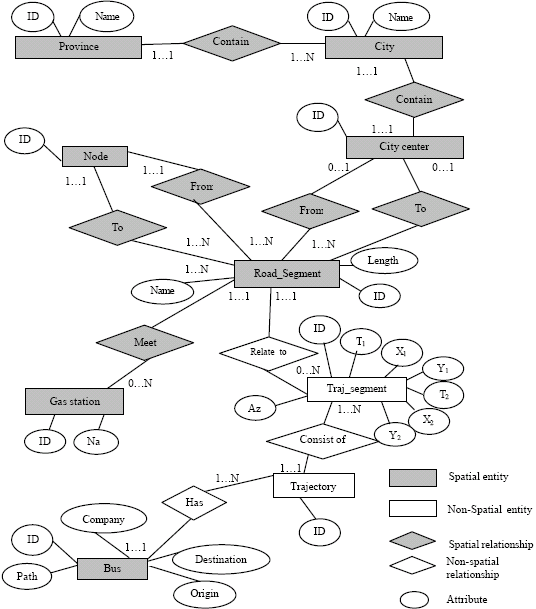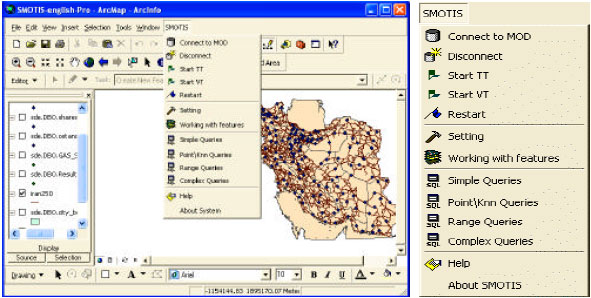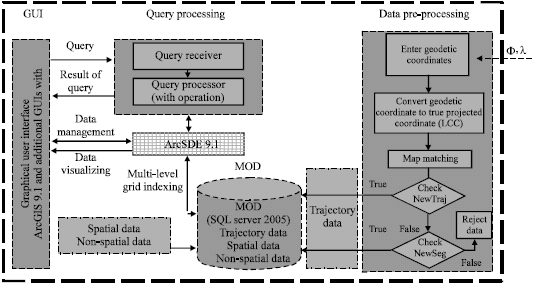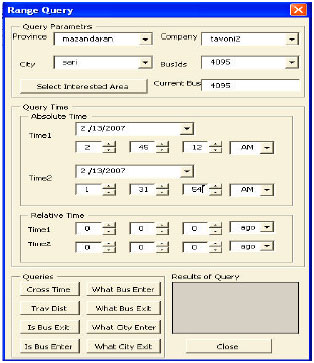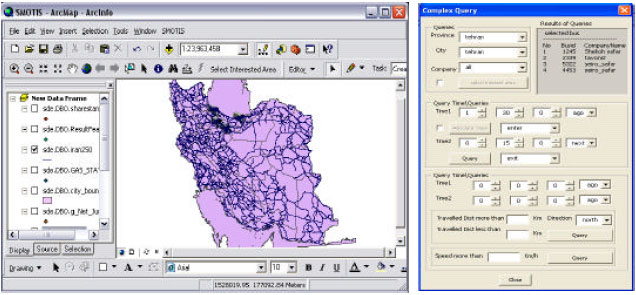Research Article
Developing a Moving Objects Management System
Department of GIS, Faculty of Geomatics Engineering, KN Toosi University of Technology, ValiAsr St., Mirdamad Cross, P.C. 1969715433, Tehran, Iran
A.A. Alesheikh
Department of GIS, Faculty of Geomatics Engineering, KN Toosi University of Technology, ValiAsr St., Mirdamad Cross, P.C. 1969715433, Tehran, Iran









